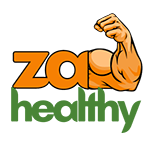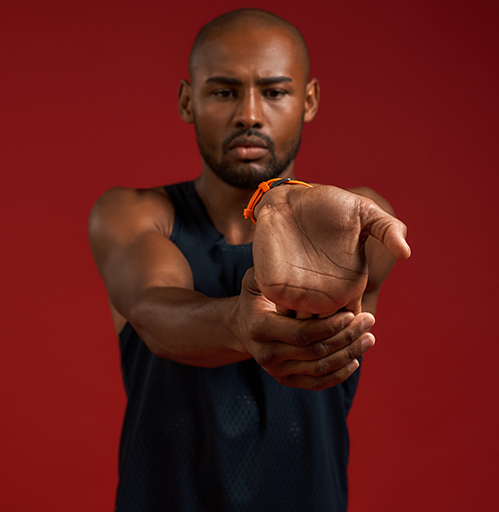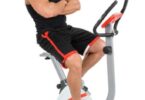Stretching is an essential part of any fitness routine. Whether you’re a beginner or an expert, stretching can help you improve your flexibility, range of motion, posture, blood flow, and mental health. Stretching can also prevent and reduce pain from injuries and chronic conditions.
In this article, we’ll explore the benefits of stretching routines for your health and fitness, and provide some tips on how to stretch properly and safely. We’ll also share some examples of stretching routines for different parts of your body, such as your legs, arms, chest, shoulders, and upper body.
What are the benefits of stretching routines?
According to Healthline, Mayo Clinic, and Medical News Today, some of the benefits of stretching routines are:
- Increased flexibility: Stretching can help you increase your flexibility, which is crucial for your overall health. Flexibility allows you to perform everyday activities with ease, such as bending, reaching, twisting, and lifting. It also helps you maintain your joint health and prevent stiffness and arthritis.
- Increased range of motion: Stretching can help you increase your range of motion, which is the ability to move your joints through their full potential. Range of motion can improve your performance in physical activities, such as sports, dance, or yoga. It can also reduce your risk of injuries by allowing your muscles and joints to work more efficiently.
- Improved posture: Stretching can help you improve your posture by strengthening and lengthening your muscles that support your spine. Posture affects your alignment, balance, breathing, digestion, and appearance. Poor posture can lead to back pain, neck pain, headaches, and other problems.
- Improved blood flow: Stretching can help you improve your blood flow by increasing the circulation of oxygen and nutrients to your muscles and organs. Blood flow can enhance your recovery time after exercise or injury, reduce muscle soreness and fatigue, and boost your energy and mood.
- Improved mental health: Stretching can help you improve your mental health by releasing tension and stress from your body and mind. Stretching can also promote relaxation, mindfulness, and well-being. Some studies have shown that stretching can improve anxiety, depression, and sleep quality.
How to stretch properly and safely?
To get the most out of your stretching routine, you need to follow some basic guidelines to avoid injury and maximize effectiveness. Here are some tips on how to stretch properly and safely:
- Warm up before stretching: You should never stretch cold muscles, as this can cause damage and pain. Before stretching, warm up with some light cardio exercise for 5 to 10 minutes, such as walking, jogging, or biking. This will increase your body temperature and blood flow, making your muscles more pliable and ready for stretching.
- Stretch after exercise: You should also stretch after your workout when your muscles are warm and flexible. This will help prevent stiffness and soreness later on. Stretching after exercise can also enhance your muscle growth and repair by removing waste products and improving nutrient delivery.
- Don’t bounce: You should stretch in a smooth and controlled manner, without bouncing or jerking. Bouncing can cause micro-tears in your muscle fibers, which can lead to inflammation and scar tissue formation. Bouncing can also trigger a reflex that makes your muscles contract instead of relax.
- Hold each stretch: You should hold each stretch for about 30 seconds to allow your muscles to lengthen and adapt. For problem areas or tight spots, you may need to hold for longer, up to 60 seconds. Holding a stretch for too short or too long can be counterproductive or harmful.
- Breathe normally: You should breathe normally while stretching, without holding your breath or hyperventilating. Breathing helps deliver oxygen to your muscles and relaxes your nervous system. Breathing also helps you focus on the sensation of the stretch and avoid overstretching or pain.
- Focus on major muscle groups: You should concentrate your stretches on major muscle groups that are involved in your activity or daily life. These include your calves, thighs, hips, lower back, neck, shoulders, and upper body. You should also stretch both sides of your body equally to prevent imbalances or asymmetries.
- Listen to your body: You should listen to your body while stretching and adjust accordingly. You should feel a gentle pull or tension in the muscle being stretched, but not pain or discomfort. If you feel pain or discomfort, stop or ease off the stretch immediately. Pain is a sign that you are overstretching or injuring yourself.
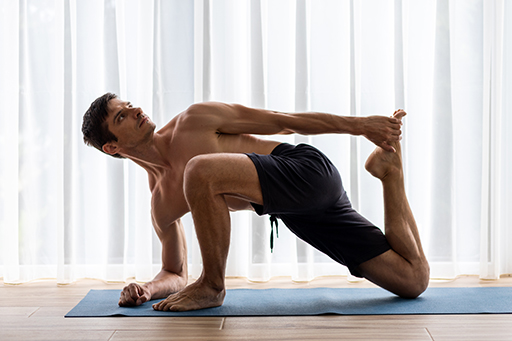
Examples of stretching routines
There are many types of stretches that you can do depending on your goals, preferences, and level of fitness. Some of the common types of stretches are:
- Static stretching: This involves holding a stretch in a fixed position for a period of time. Static stretching is good for improving flexibility and range of motion, especially after exercise.
- Dynamic stretching: This involves moving your joints and muscles through their full range of motion in a controlled and fluid way. Dynamic stretching is good for warming up and preparing your body for physical activity, as it mimics the movements you will perform.
- PNF stretching: This stands for proprioceptive neuromuscular facilitation, and it involves contracting and relaxing your muscles in a specific sequence while stretching. PNF stretching is good for increasing your range of motion quickly and effectively, but it requires a partner or a device to assist you.
Here are some examples of stretching routines for different parts of your body, using static, dynamic, and PNF stretches. You can use these routines as a guide or modify them to suit your needs. Remember to warm up before stretching and breathe normally throughout.
Leg stretches before workout
Leg stretches are important for preventing injuries and improving performance in activities that involve your lower body, such as running, cycling, or jumping. Here are some warm up for leg workout stretches that you can do:
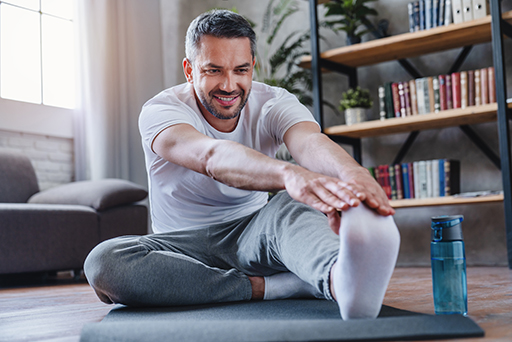
- Hamstring stretch: Sit on the floor with your legs straight in front of you. Bend your right knee and place your right foot on the inside of your left thigh. Reach forward with both hands and try to touch your left toes. Hold for 30 seconds and switch sides. Repeat 2 to 3 times per side.
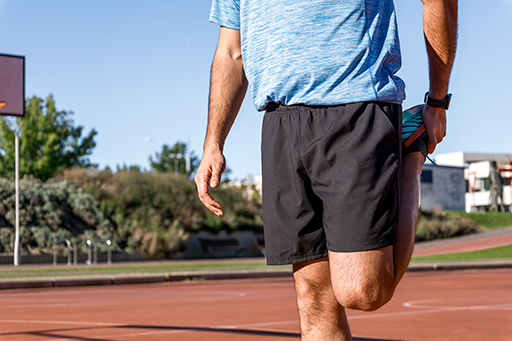
- Quadriceps stretch: Stand up straight and hold onto a wall or a chair for balance. Bend your right knee and bring your right heel toward your buttock. Grab your right ankle with your right hand and gently pull it closer to your body. Keep your knees together and your back straight. Hold for 30 seconds and switch sides. Repeat 2 to 3 times per side.
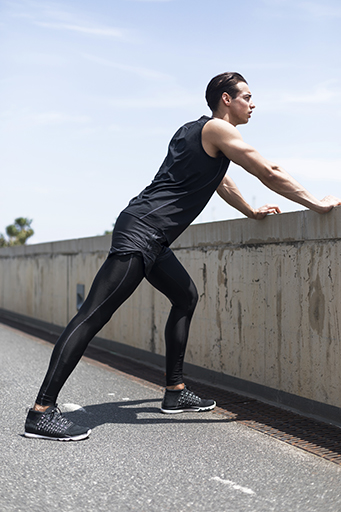
- Calf stretch: Stand up straight and place your hands on a wall or a chair for support. Step back with your right leg and keep it straight. Bend your left knee and lean forward until you feel a stretch in your right calf. Keep your right heel on the floor and your toes pointing forward. Hold for 30 seconds and switch sides. Repeat 2 to 3 times per side.
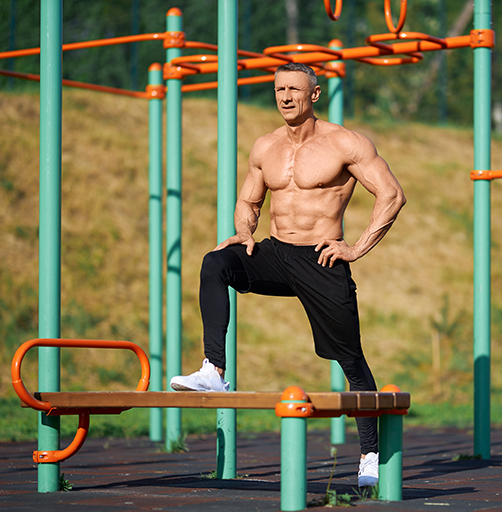
- Hip flexor stretch: Kneel on the floor with your right knee bent and your left leg extended behind you. Place your hands on your right thigh and lean forward until you feel a stretch in your left hip. Keep your back straight and your hips square. Hold for 30 seconds and switch sides. Repeat 2 to 3 times per side.
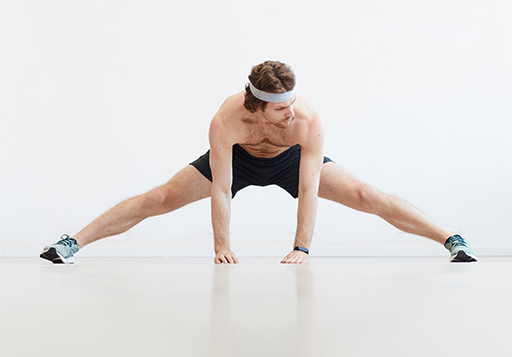
- Groin stretch: Sit on the floor with your knees bent and your feet together. Hold onto your ankles or feet with both hands and gently pull them toward your body. Press your knees down with your elbows until you feel a stretch in your inner thighs. Keep your back straight and relax your shoulders. Hold for 30 seconds and release. Repeat 2 to 3 times.
Full body mobility routine
A full body mobility routine can help you improve your joint health, posture, balance, coordination, and movement quality. Here are some full body mobility exercises that you can do anytime, anywhere:
- Neck rolls: Stand or sit up straight and relax your shoulders. Slowly roll your head in a circular motion, clockwise and counterclockwise, for 10 rotations each direction.
- Shoulder rolls: Stand or sit up straight and relax your neck. Slowly roll your shoulders in a circular motion, forward and backward, for 10 rotations each direction.
- Arm circles: Stand or sit up straight and extend your arms out to the sides at shoulder level. Slowly make small circles with your arms, forward and backward, for 10 rotations each direction. Gradually increase the size of the circles until you reach your full range of motion.
- Spinal twists: Stand or sit up straight and place your hands on your hips. Slowly twist your upper body to the right as far as you can without moving your hips or feet. Hold for a second and return to the center. Repeat to the left side. Do 10 repetitions per side.
- Hip circles: Stand up straight with your feet shoulder-width apart and place your hands on your hips. Slowly make small circles with your hips, clockwise and counterclockwise, for 10 rotations each direction. Gradually increase the size of the circles until you reach your full range of motion.
- Knee circles: Stand up straight with your feet together and place your hands on your knees. Slowly make small circles with your knees, clockwise and counterclockwise, for 10 rotations each direction. Gradually increase the size of the circles until you reach your full range of motion.
- Ankle circles: Stand up straight and lift your right foot off the floor. Slowly make small circles with your right ankle, clockwise and counterclockwise, for 10 rotations each direction. Gradually increase the size of the circles until you reach your full range of motion. Repeat with your left foot.

David Goggins stretching routine
David Goggins is a former Navy SEAL, ultramarathon runner, and motivational speaker who is known for his extreme physical and mental endurance. He follows a rigorous stretching routine that he claims has helped him overcome injuries and improve his performance. Here is a sample of his stretching routine that he shared on his Instagram account:
- Piriformis stretch: Lie on your back with your knees bent and your feet flat on the floor. Cross your right ankle over your left knee and pull your left thigh toward your chest. Hold for 2 minutes and switch sides. Repeat 2 to 3 times per side.
- Hamstring stretch: Lie on your back with your legs straight and a towel or a strap around your right foot. Pull your right leg toward your chest while keeping it straight. Hold for 2 minutes and switch sides. Repeat 2 to 3 times per side.
- Adductor stretch: Sit on the floor with your legs wide apart and your toes pointing up. Lean forward from your hips and reach for your toes or the floor. Hold for 2 minutes and release. Repeat 2 to 3 times.
- Hip flexor stretch: Kneel on the floor with your right knee bent and your left leg extended behind you. Place your hands on your right thigh and lean forward until you feel a stretch in your left hip. Hold for 2 minutes and switch sides. Repeat 2 to 3 times per side.
- Quadriceps stretch: Stand up straight and hold onto a wall or a chair for balance. Bend your right knee and bring your right heel toward your buttock. Grab your right ankle with your right hand and gently pull it closer to your body. Keep your knees together and your back straight. Hold for 2 minutes and switch sides. Repeat 2 to 3 times per side.
- Calf stretch: Stand up straight and place your hands on a wall or a chair for support. Step back with your right leg and keep it straight. Bend your left knee and lean forward until you feel a stretch in your right calf. Keep your right heel on the floor and your toes pointing forward. Hold for 2 minutes and switch sides. Repeat 2 to 3 times per side.
Splits stretching routine
Splits are a challenging but rewarding skill that can improve your flexibility, balance, strength, and coordination. To achieve splits, you need to stretch your hamstrings, hip flexors, groin, and glutes regularly and progressively. Here are some splits stretching exercises that you can do:
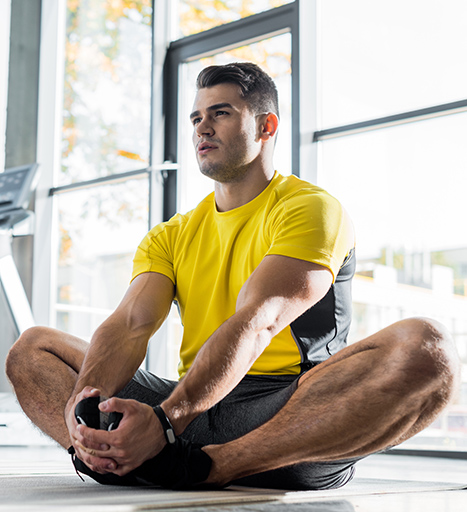
- Butterfly stretch: Sit on the floor with your knees bent and your feet together. Hold onto your ankles or feet with both hands and gently pull them toward your body. Press your knees down with your elbows until you feel a stretch in your inner thighs. Keep your back straight and relax your shoulders. Hold for 30 seconds and release. Repeat 2 to 3 times.
- Lunge stretch: Stand up straight with your feet shoulder-width apart and take a big step forward with your right leg. Bend your right knee and lower your body until your right thigh is parallel to the floor. Keep your left leg straight and your left heel on the floor. Place your hands on your right thigh or the floor for support. Lean forward from your hips until you feel a stretch in your left hip flexor. Hold for 30 seconds and switch sides. Repeat 2 to 3 times per side.
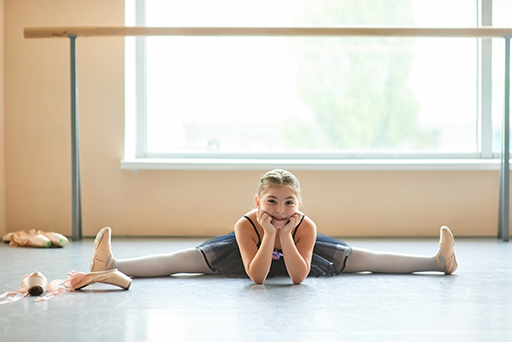
- Straddle stretch: Sit on the floor with your legs wide apart and your toes pointing up. Lean forward from your hips and reach for your toes or the floor. Hold for 30 seconds and release. Repeat 2 to 3 times.
- Pigeon stretch: Start in a plank position with your hands under your shoulders and your legs extended behind you. Bring your right knee forward and place it behind your right wrist. Slide your left leg back until it is straight. Lower your torso to the floor and rest on your forearms or extend your arms in front of you. Keep your hips square and your back straight. Hold for 30 seconds and switch sides. Repeat 2 to 3 times per side.
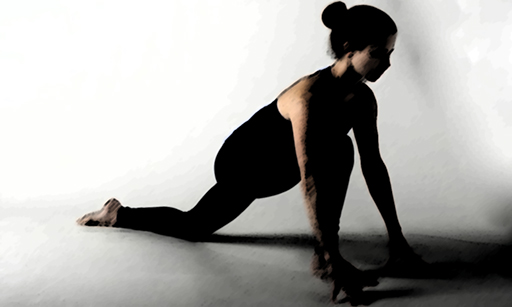
- Half split stretch: Start in a lunge position with your right knee bent and your left leg straight. Place your hands on the floor on either side of your right foot. Shift your weight back and straighten your right leg while keeping your right foot flexed. Keep your back flat and your hips aligned. Hold for 30 seconds and switch sides. Repeat 2 to 3 times per side.
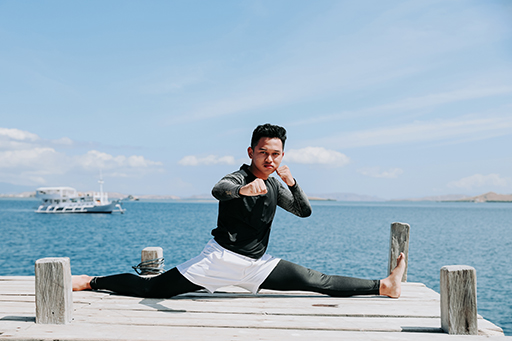
- Full split stretch: Start in a half split position with your right leg straight and your left leg bent. Slide your right leg forward and your left leg backward until they are both straight and in line with each other. Keep your hips square and your toes pointing forward. Place your hands on the floor or on blocks for support. Hold for as long as you can and switch sides. Repeat 2 to 3 times per side.
Chest stretching before workout
Chest stretches are important for improving your posture, opening up your chest, and preventing tightness and pain in your upper body. Here are some chest stretches that you can do before your workout:
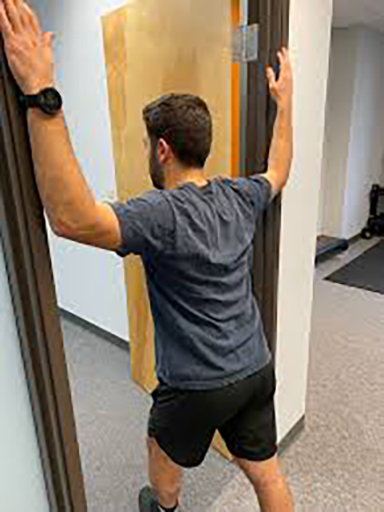
- Doorway stretch: Stand in front of a doorway and place your hands on the door frame at shoulder level. Step forward with one foot and lean forward until you feel a stretch in your chest and shoulders. Keep your elbows slightly bent and your back straight. Hold for 30 seconds and switch sides. Repeat 2 to 3 times per side.
- Arm across chest stretch: Stand or sit up straight and relax your shoulders. Bring your right arm across your chest and hold it with your left hand or elbow. Gently pull your right arm toward your body until you feel a stretch in your right chest and shoulder. Hold for 30 seconds and switch sides. Repeat 2 to 3 times per side.
- Floor chest stretch: Lie on your back on the floor with your knees bent and your feet flat. Extend your arms out to the sides at shoulder level with your palms facing up. Bend your elbows to 90 degrees and rotate your arms inward until your forearms touch the floor. Keep your shoulders on the floor and feel a stretch in your chest and biceps. Hold for 30 seconds and release. Repeat 2 to 3 times.
Stretch shoulders before workout
Shoulder stretches are important for improving your mobility, stability, and strength in your upper body. Here are some shoulder stretches that you can do before your workout:

- Overhead shoulder stretch: Stand or sit up straight and relax your shoulders. Raise your right arm over your head and bend your elbow. Place your left hand on your right elbow and gently pull it toward your left side until you feel a stretch in your right shoulder and triceps. Hold for 30 seconds and switch sides. Repeat 2 to 3 times per side.
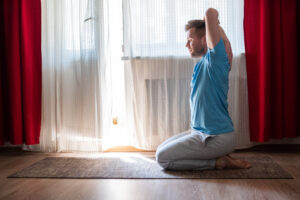
- Behind the back shoulder stretch: Stand or sit up straight and relax your shoulders. Bring your right arm behind your back and grab your left wrist or elbow. Gently pull your left arm toward your right side until you feel a stretch in your left shoulder and chest. Hold for 30 seconds and switch sides. Repeat 2 to 3 times per side.

- Cross-body shoulder stretch: Stand or sit up straight and relax your shoulders. Bring your right arm across your chest and hold it with your left hand or elbow. Gently pull your right arm toward your body until you feel a stretch in your right shoulder and upper back. Hold for 30 seconds and switch sides. Repeat 2 to 3 times per side.
Upper body stretches before workout
Upper body stretches are important for preventing injuries and improving performance in activities that involve your arms, chest, back, and core. Here are some upper body stretches that you can do before your workout:

- Cat-cow stretch: Start on your hands and knees on the floor with your wrists under your shoulders and your knees under your hips. Inhale and arch your back, lifting your chest and tailbone toward the ceiling. Exhale and round your back, tucking your chin and tailbone toward the floor. Do 10 repetitions, moving smoothly between the two positions.
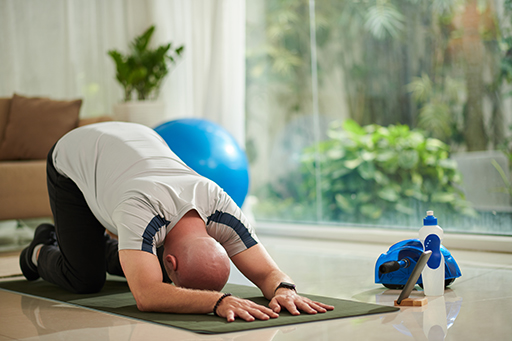
- Child’s pose: Start on your hands and knees on the floor with your wrists under your shoulders and your knees under your hips. Sit back on your heels and extend your arms forward on the floor. Rest your forehead on the floor or a pillow and relax your shoulders and back. Hold for 30 seconds and release. Repeat 2 to 3 times.

- Cobra pose: Lie on your stomach on the floor with your legs straight and your palms under your shoulders. Press your hands into the floor and lift your chest and head off the floor. Keep your elbows slightly bent and your shoulders away from your ears. Hold for 30 seconds and lower yourself back to the floor. Repeat 2 to 3 times.
